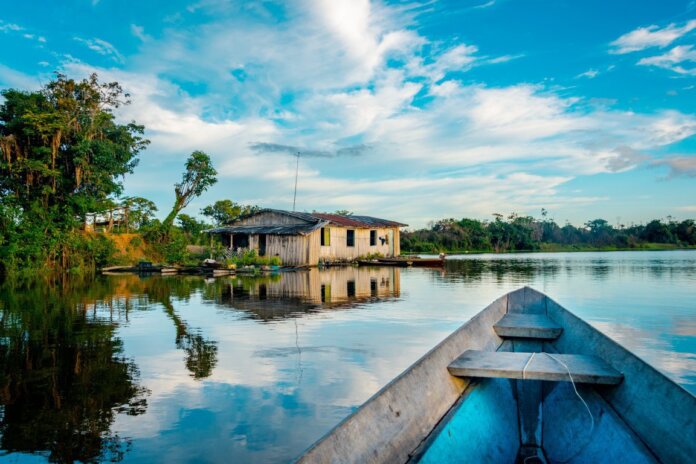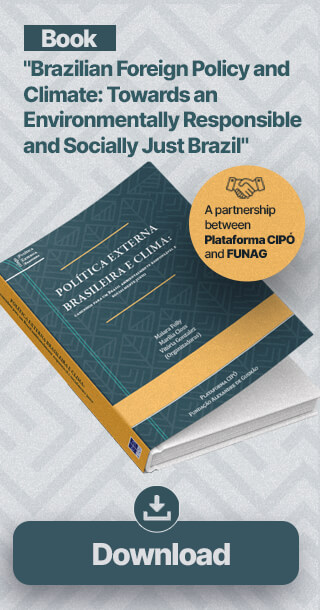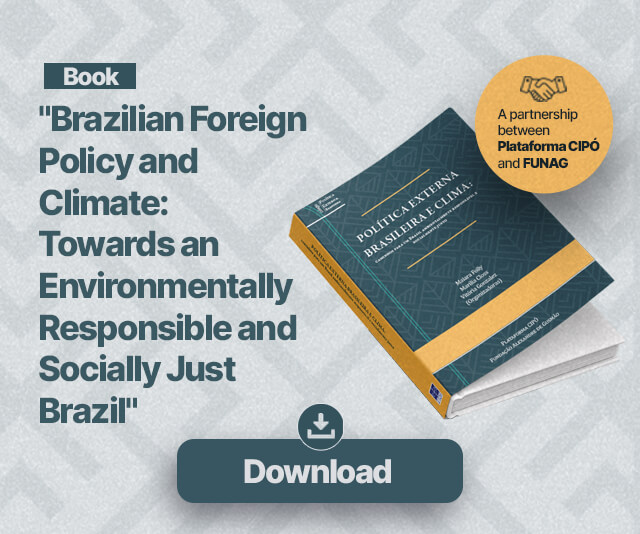As resource pressures and climatic events wreak havoc in the Brazilian Amazon, traditional populations are being forced to move away from the places that define their identities. This is not only a human catastrophe: the loss of these precious environmental stewards spells trouble for the rainforest.
In an article for the Climate Diplomacy, Maiara Folly, Programme Director at CIPÓ, and Erika Pires Ramos, Founder of the South American Network for Environmental Migrations (RESAMA), warn that, although there is a scarcity of studies and data on the climate and migration nexus in the Amazon, there is growing evidence that climatic events in the region, such as prolonged droughts and periods of intense rain, are already causing soil erosion and land degradation, hampering access to drinking water, reducing fish and agriculture stocks, and exacerbating competition over natural resources .
This combination of factors severely disrupts the livelihoods, health and food security of Amazonian forest inhabitants, especially indigenous peoples, riverside dwellers, fishermen and other traditional communities. For indigenous groups, whose identities rely on the collective access to the land and waters traditionally occupied by their ancestors, migration as a climate adaptation strategy is the very last resort. However, it is also often the only viable survival strategy due to a combination of climate and security risks.
In order to prevent climate-induced migration, the authors highlight the importance of investing in studies that investigate the triggers, trends and dynamics of climate-induced migration in the Amazon region. External actors and the international community could facilitate, for example, cooperation between research institutions and fund local research projects to obtain more reliable and disaggregated data on the groups of people most affected by climate and migration and the policies that could most adequately respond to their needs.
In addition, Maiara Folly and Erika Pires Ramos also highlight the importance of policy-makers not viewing migration and planned reallocation as the only climate adaptation strategies available; instead, they should consider adopting other mitigation, adaptation and resilience measures to allow those who consider migration to be as a last resort to remain in their places of origin.






